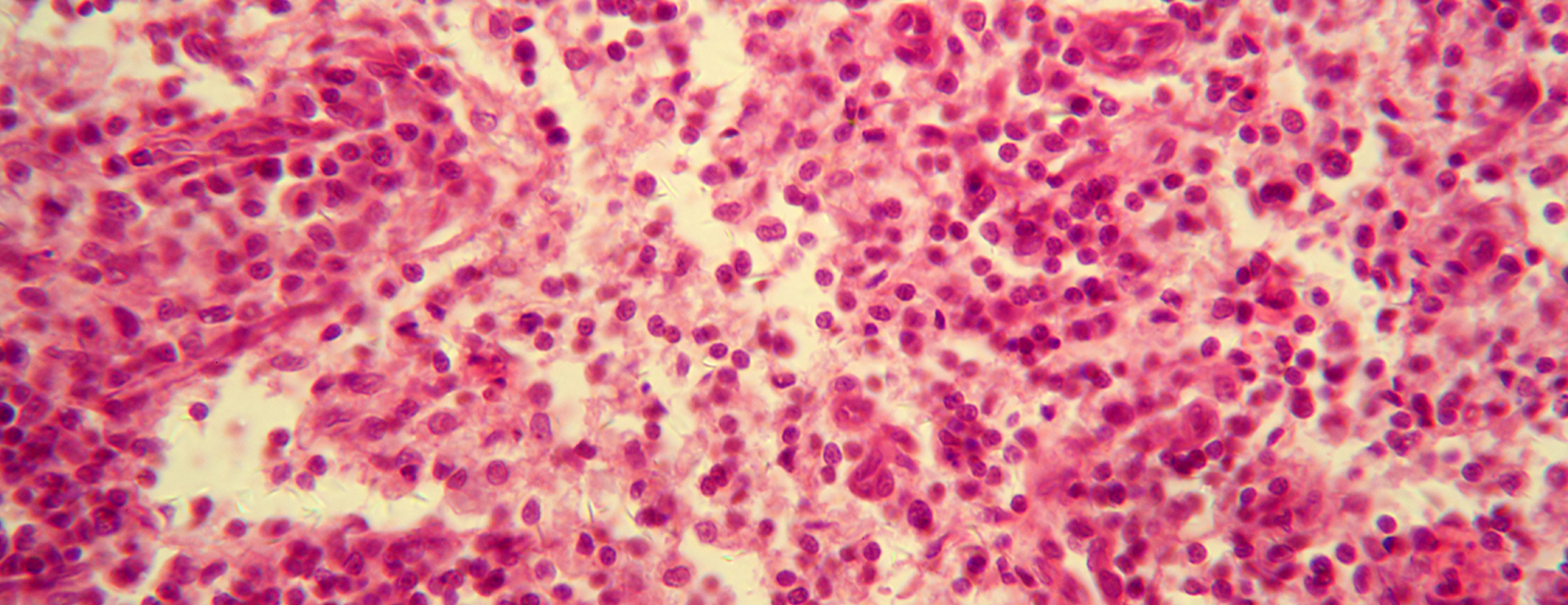
Mediastinoscopy with biopsy
Definition
Mediastinoscopy with
How the Test is Performed
This procedure is done in the hospital. You will be given
A small surgical cut is made just above the breastbone. A device called a mediastinoscope is inserted through this cut and gently passed into the mid-part of the chest.
Tissue samples are taken of the lymph nodes around the airways. The scope is then removed and the surgical cut is closed with stitches.
A chest x-ray will often be taken at the end of the procedure.
The procedure takes about 60 to 90 minutes.
How to Prepare for the Test
You must sign an informed consent form. You will not be able to have food or fluid for 8 hours before the test.
How the Test will Feel
You will be asleep during the procedure. There will be some tenderness at the site of the procedure afterward. You may have a sore throat.
Most people can leave the hospital the next morning.
In most cases, the result of the biopsy is ready in 5 to 7 days.
Why the Test is Performed
This procedure is done to look at and then biopsy lymph nodes or any other abnormal growths in the front part of the mediastinum, near your chest wall.
- The most common reason is to see if lung cancer (or another cancer) has spread to these lymph nodes. This is called staging.
- This procedure is also done for certain infections (tuberculosis, sarcoidosis) and
autoimmune disorders .
Normal Results
Biopsies of lymph node tissues are normal and do not show signs of cancer or infection.
What Abnormal Results Mean
Abnormal findings may indicate:
Hodgkin disease Lung cancer Lymphoma or other tumorsSarcoidosis - The spread of disease from one body part to another
Tuberculosis
Risks
There is a risk of puncturing the esophagus, trachea, or blood vessels. In some cases, this can lead to bleeding that can be life threatening. To fix the injury, the breastbone would need to be split and the chest opened.
References
Cheng G-S, Varghese TK. Mediastinal tumors and cysts. In: Broaddus VC, Mason RJ, Ernst JD, et al, eds. Murray & Nadel's Textbook of Respiratory Medicine. 6th ed. Philadelphia, PA: Elsevier Saunders; 2016:chap 83.
Putnam JB Jr. Lung, chest wall, pleura, and mediastinum. In: Townsend CM Jr, Beauchamp RD, Evers BM, Mattox KL, eds. Sabiston Textbook of Surgery. 20th ed. Philadelphia, PA: Elsevier; 2017:chap 57.
Review Date: 05/15/2018
The information provided herein should not be used during any medical emergency or for the diagnosis or treatment of any medical condition. A licensed physician should be consulted for diagnosis and treatment of any and all medical conditions. Call 911 for all medical emergencies. Links to other sites are provided for information only -- they do not constitute endorsements of those other sites. Copyright ©2019 A.D.A.M., Inc., as modified by University of California San Francisco. Any duplication or distribution of the information contained herein is strictly prohibited.
Information developed by A.D.A.M., Inc. regarding tests and test results may not directly correspond with information provided by UCSF Health. Please discuss with your doctor any questions or concerns you may have.





